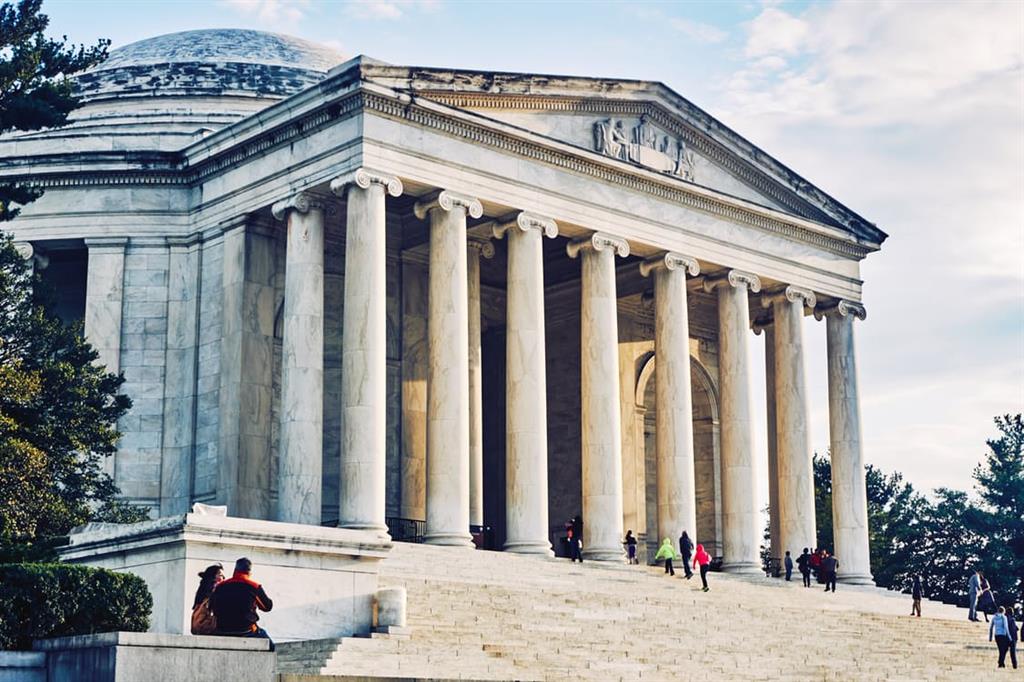Sign up for the Family Tree Newsletter! Plus, you’ll receive our 10 Essential Genealogy Research Forms PDF as a special thank you.
Get Your Free Genealogy Forms
"*" indicates required fields
When I was growing up, my favorite books were Laura Ingalls Wilder’s Little House stories. Like so many other young girls, I devoured those tales of sod homes and log cabins, wagon trips and one-room schoolhouses, blizzards and snow candy — and tried to imagine myself in the Ingalls girls’ shoes.
Being an astute youngster, however, I recognized that I wouldn’t really want to trade my modern childhood of riding bikes and playing Barbies for a more-rudimentary existence involving farm chores. (“You want me to do what with that cow?”) So rather than dreaming I’d been born in a bygone era, I conjured up romantic visions of my own female ancestors cheerfully enduring pioneer life.
In reality, my family hadn’t gotten anywhere near the Wisconsin woods, Kansas prairie or Dakota Territory. Granted, my Stacy ancestors arrived in Ohio during the early 1800s, when lands west of the original Colonies still qualified as the frontier. But many of my foremothers hadn’t even left Germany at the time the Ingallses were crisscrossing America’s heartland.
ADVERTISEMENT
As my genealogical interests blossomed, though, I discovered that the true tales of my female ancestors’ lives were no less captivating than the Ingalls family’s adventures. From secret identities to spiritualist studies, I’ve devoured every detail.
Your female ancestors have fascinating stories to tell, too. Of course, unless you’re an Ingalls relative, you might need a pioneer’s hardiness to uncover them. How many women in your family tree remain out of reach, obscured by missing maiden names and scant paper trails? It’s often tough just to learn a female ancestor’s identity, let alone the ins and outs of her daily life.
So in honor of women’s history month, I’m issuing a challenge: Pick any one of those elusive ladies, and resolve to discover her story.
ADVERTISEMENT
You can look to this issue for help and inspiration. For example, if you’re having trouble locating Grandma in the federal census, let our cover story come to your rescue. Among the tips in our online-census article: Rather than relying on male-dominated head-of-household lists, now you can tap searchable every-name indexes — which could help you find Grandma in just a few clicks. (Alas, technology hasn’t evolved enough to assign names to the women in the pre-1850 censuses.)
Did your female ancestors enter the workforce? Employ our occupational-records guide to learn about their professions. During the Great Depression, your female relatives might have found work with New Deal agencies such as the Works Progress Administration (later Works Projects Administration, or just WPA). You’ll learn about the genealogical gems WPA programs produced — including oral histories that provide rare records of women’s lives in their own words.
Even if you don’t find interviews with your own female forebears, such accounts of their contemporaries can help you envision their experiences. After all, consider the vivid picture Laura Ingalls Wilder painted for descendants of other Midwestern pioneer women. In that social history spirit, our Bookshelf column highlights five tomes about lesser-known issues that women of yesteryear faced.
Of course, few of us could be lucky enough to stumble upon our own Little House series: a complete chronicle of our female ancestors’ lives. But you can ensure that the stories of your family’s past and present-day heroines survive. You’ll find 16 ways to share their legacy with your descendants, from creating recipe books to penning your story as Laura Ingalls Wilder did.
ADVERTISEMENT




